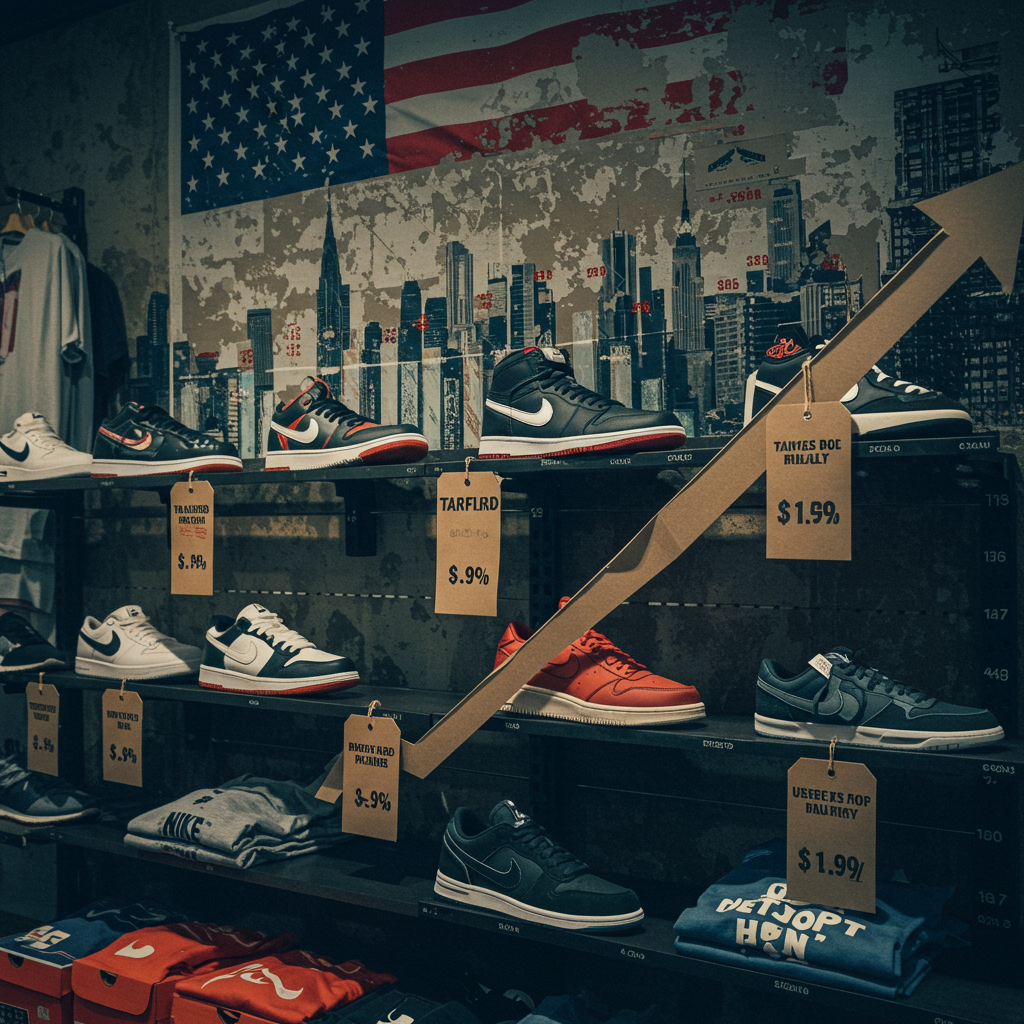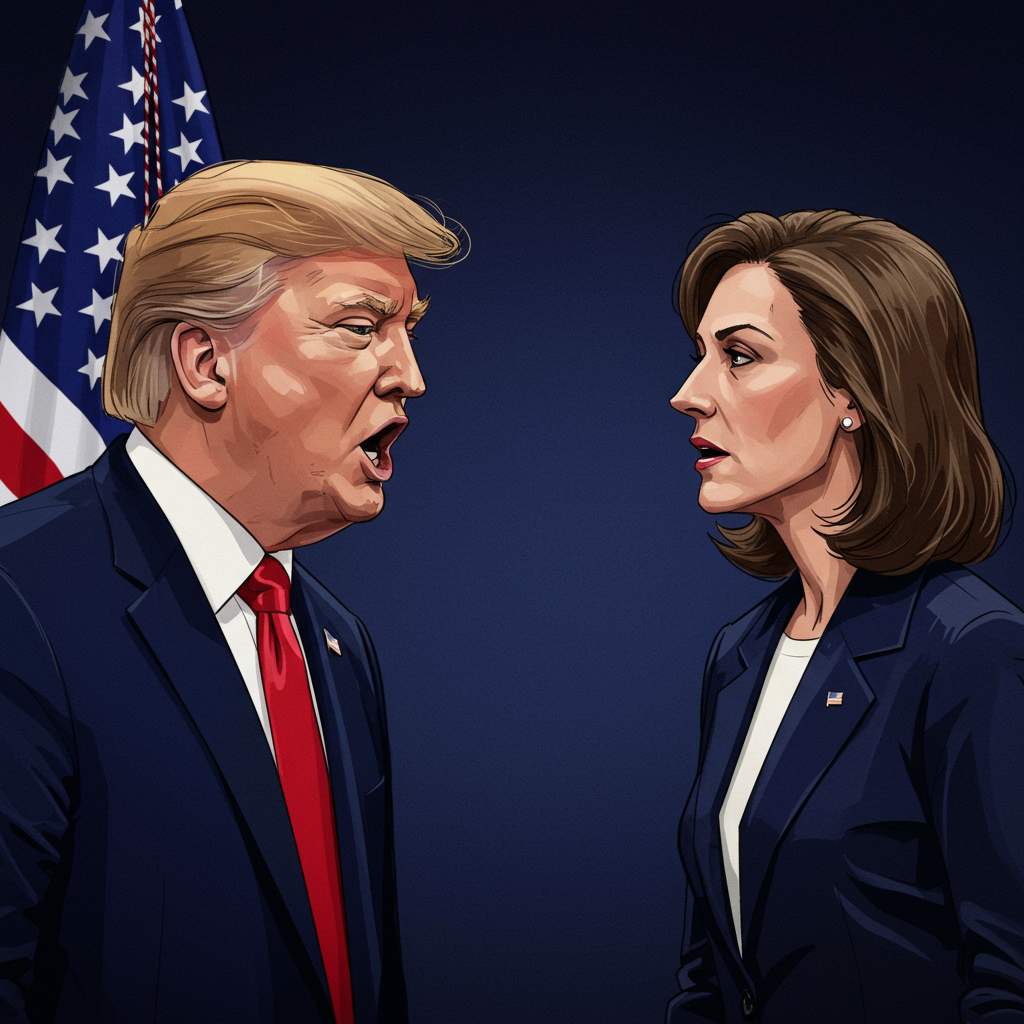Get ready, sneakerheads. Nike is set to increase prices on many of its popular trainers and apparel items in the United States starting in early June. This follows a similar move by rival Adidas, both companies citing the challenging environment created by US import tariffs.
While Nike stated the price hikes are part of its regular “price adjustments” during seasonal planning, the decision comes amidst significant trade policy uncertainty. Almost all of Nike’s manufacturing takes place in Asia, a key region impacted by tariffs imposed by the US administration.
What Nike Products Will Cost More?
From June 1st, expect to see higher price tags on:
Most Nike shoes priced over $100, with increases up to $10.
Clothing and equipment, with prices rising between $2 and $10.
However, not everything will be affected. Popular items excluded from the hikes include:
Air Force 1 trainers
Shoes costing less than $100
Children’s products
Jordan branded apparel and accessories
The Impact of Tariffs on Your Wallet
Tariffs are essentially taxes placed on imported goods. These taxes are typically paid by the company importing the product, rather than the manufacturer overseas. While importers could absorb this extra cost, they often choose to pass it on to the consumer through higher retail prices.
This is a point of contention, as the US administration has publicly pushed back against companies linking price rises directly to tariffs, suggesting firms should absorb the costs themselves. However, companies across various sectors indicate otherwise.
Beyond Nike: A Widespread Concern
The impact of trade policy uncertainty isn’t limited to sportswear giants like Nike and Adidas. Executives at numerous major US and international companies have voiced concerns, with some citing the fluctuating policies for reducing or withdrawing profit forecasts entirely.
Tech company Intel mentioned “very fluid trade policies” increasing the chance of an economic slowdown and expecting costs to “certainly see increase.”
Footwear rival Skechers withdrew its annual forecast, with its chief operating officer stating the environment is “simply too dynamic” for reliable planning. Skechers also relies heavily on Asian manufacturing.
Consumer goods giant Procter & Gamble (P&G), maker of brands like Gillette, indicated tariffs could lead to higher consumer prices as they seek ways to mitigate rising material costs.
Even Japanese retailer Seven & I (which owns 7-Eleven) discussed the difficulty trade tensions create in maintaining quality while managing costs in their significant North American operations.
These examples highlight that the pressure from trade policies is a broad issue affecting diverse industries and influencing business decisions, including pricing strategies.
Nike’s Manufacturing and the Tariff Landscape
Nike relies heavily on production facilities in Asia, particularly Vietnam, which accounted for 50% of its footwear and 26% of its clothing production in its last financial year. Other key manufacturing countries include China, Indonesia, and Cambodia.
The current tariff situation involves a “base” levy of 10% already in place on goods from many countries. Steeper “reciprocal” tariffs, initially announced but paused until early July for negotiations, could add significant taxes ranging from 32% to a staggering 54% on goods from these major manufacturing nations. Vietnam, critical to Nike’s supply chain, faced one of the highest proposed rates at 46%. While some trade talks show signs of progress, the lingering possibility of these higher tariffs creates substantial uncertainty for businesses.
Navigating a Complex Environment
Nike’s finance chief had previously acknowledged the company was “navigating through several external factors that create uncertainty,” explicitly mentioning tariffs and monitoring their potential impact on consumer confidence.
The price adjustments also come as Nike faces other business challenges. The company recently announced it would resume selling products directly on Amazon in the US, a strategy reversed from six years ago. This shift follows declining online sales across all regions in its most recent quarter, contributing to overall revenue declines. In response, Nike has brought back a former executive, Elliott Hill, to lead a turnaround strategy focused on key markets like the UK, the US, and China.
Ultimately, while Nike frames the increases as regular adjustments, the decision appears to be a response to a complex mix of external pressures, dominated by tariff uncertainty and rising import costs, alongside the company’s own internal business performance challenges. US consumers will soon see the effects of this turbulent trade and retail landscape reflected in the price of their favourite trainers and gear.
References
- https://www.bbc.com/news/articles/c3315er3gygo
- https://www.bbc.co.uk/news/articles/c3315er3gygo
- https://www.bbc.com/news/articles/czrveyj87l5o
- https://feeds.bbci.co.uk/news/articles/c3315er3gygo
- https://www.gbcghanaonline.com/world/nike-to-raise-prices/2025/



